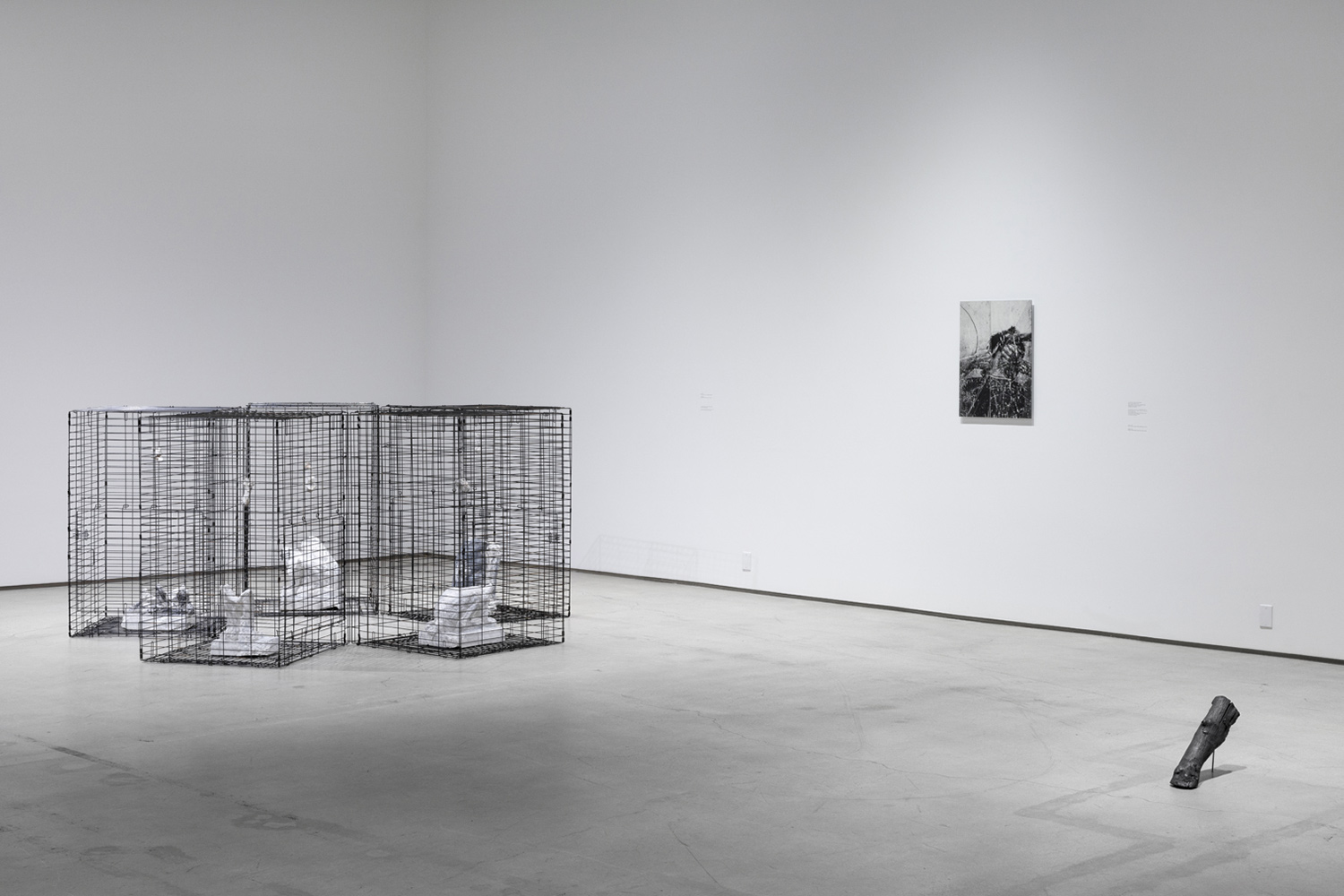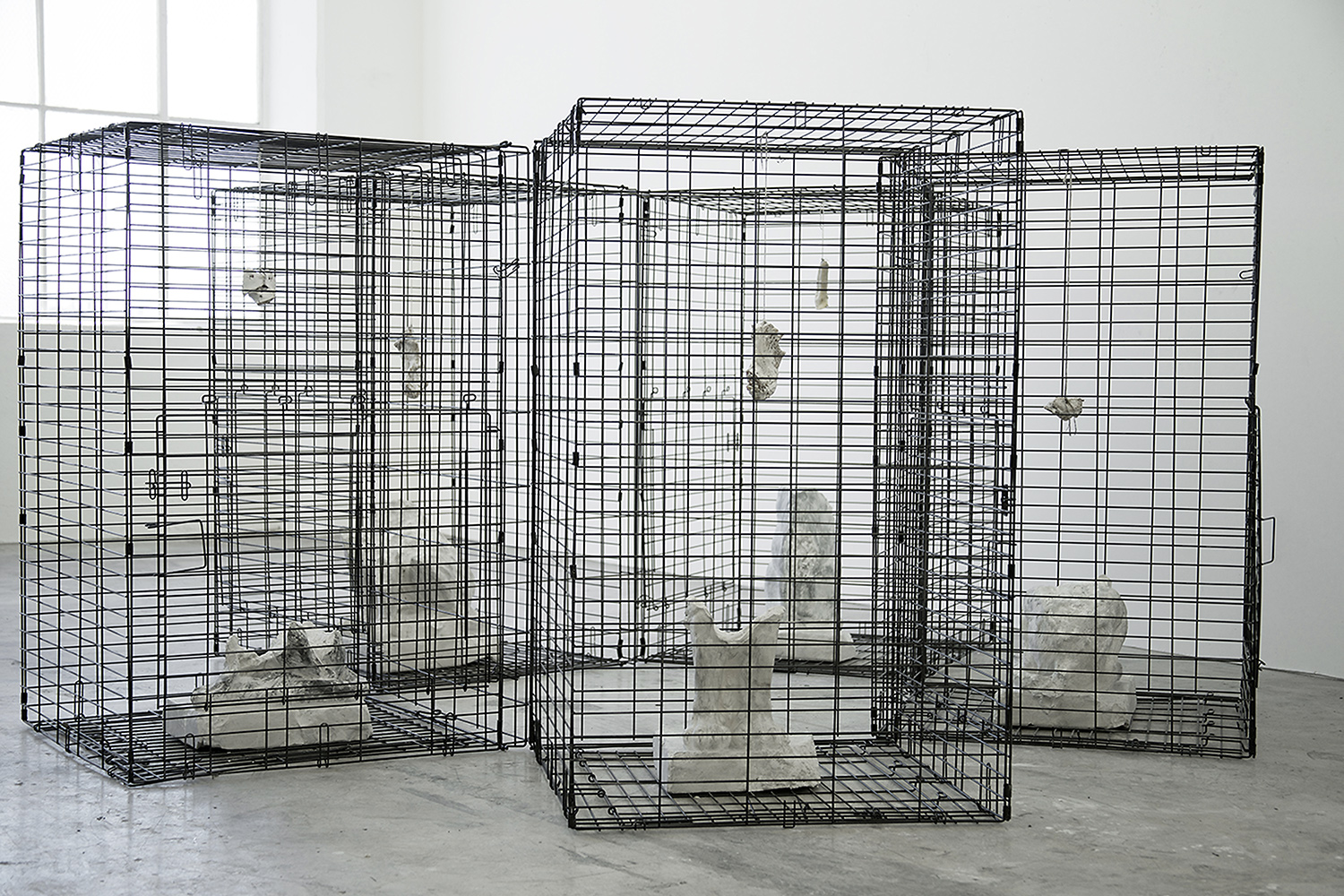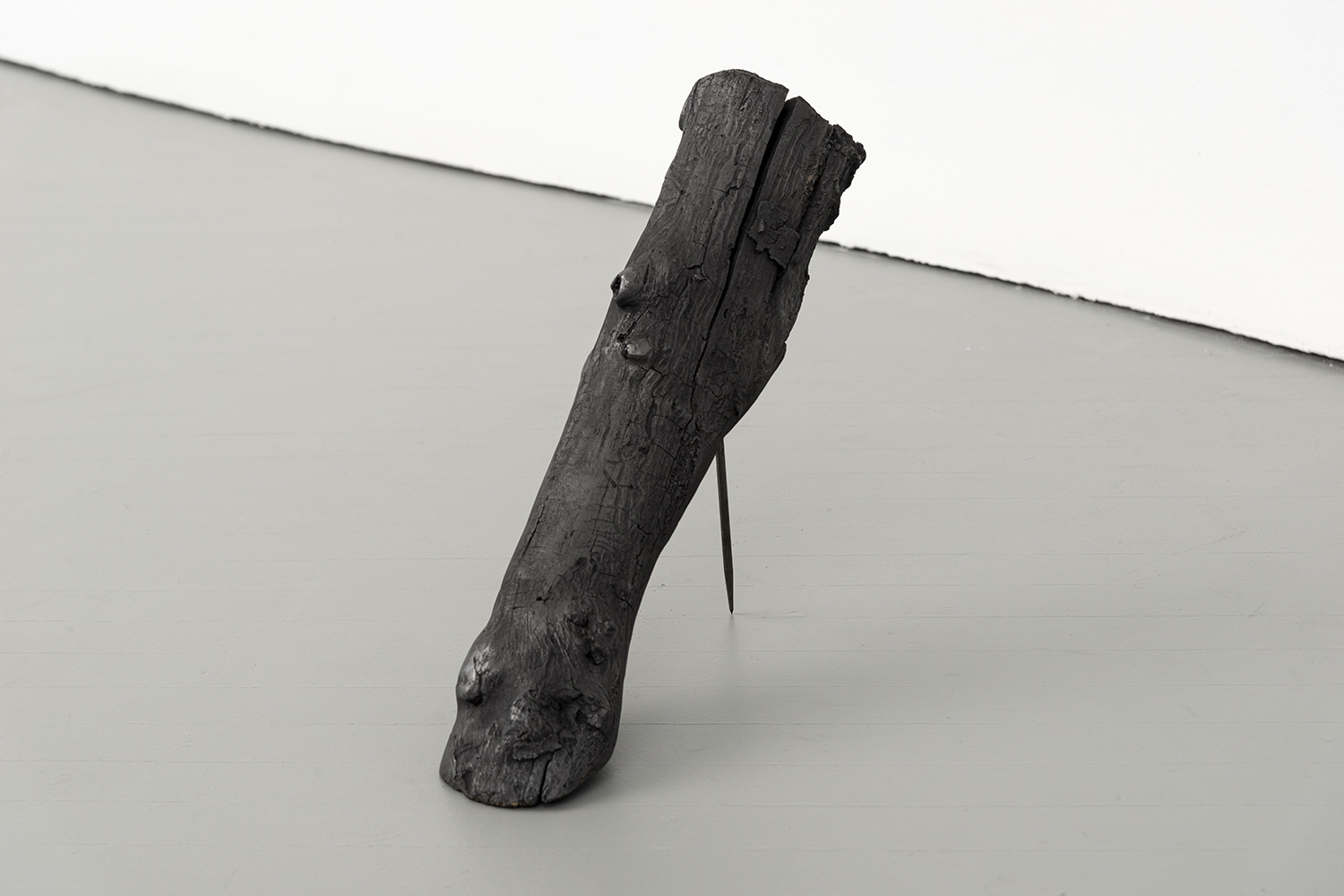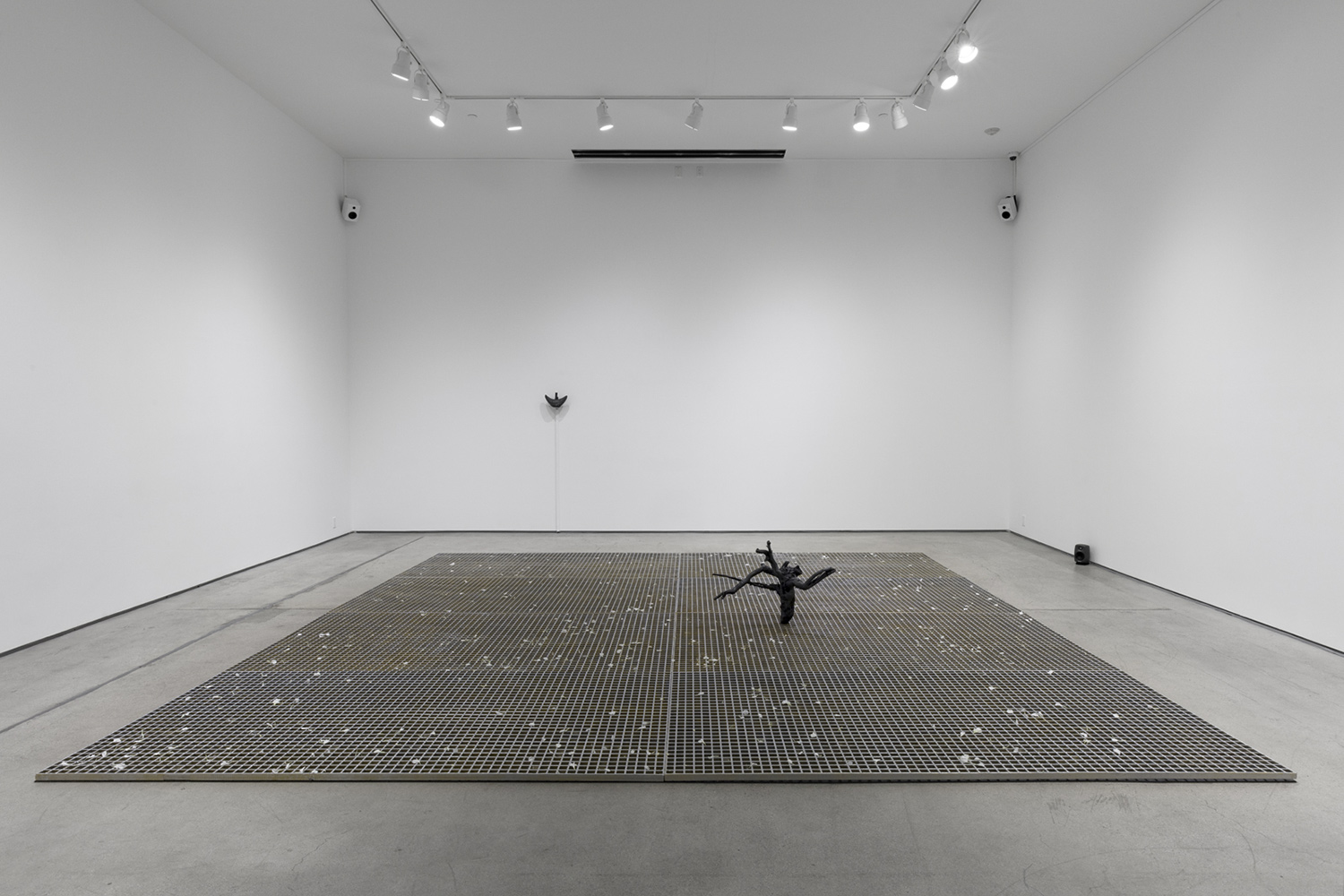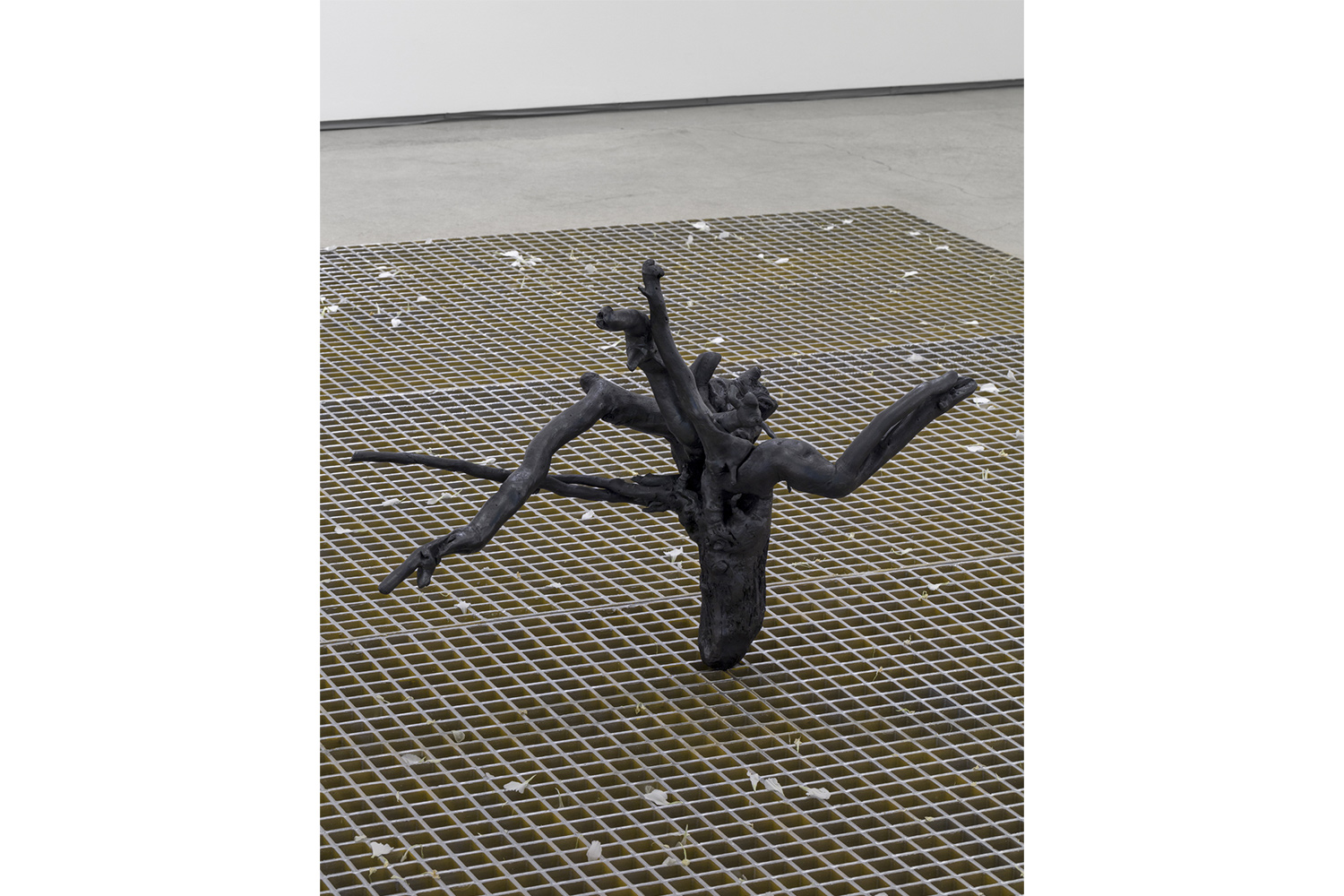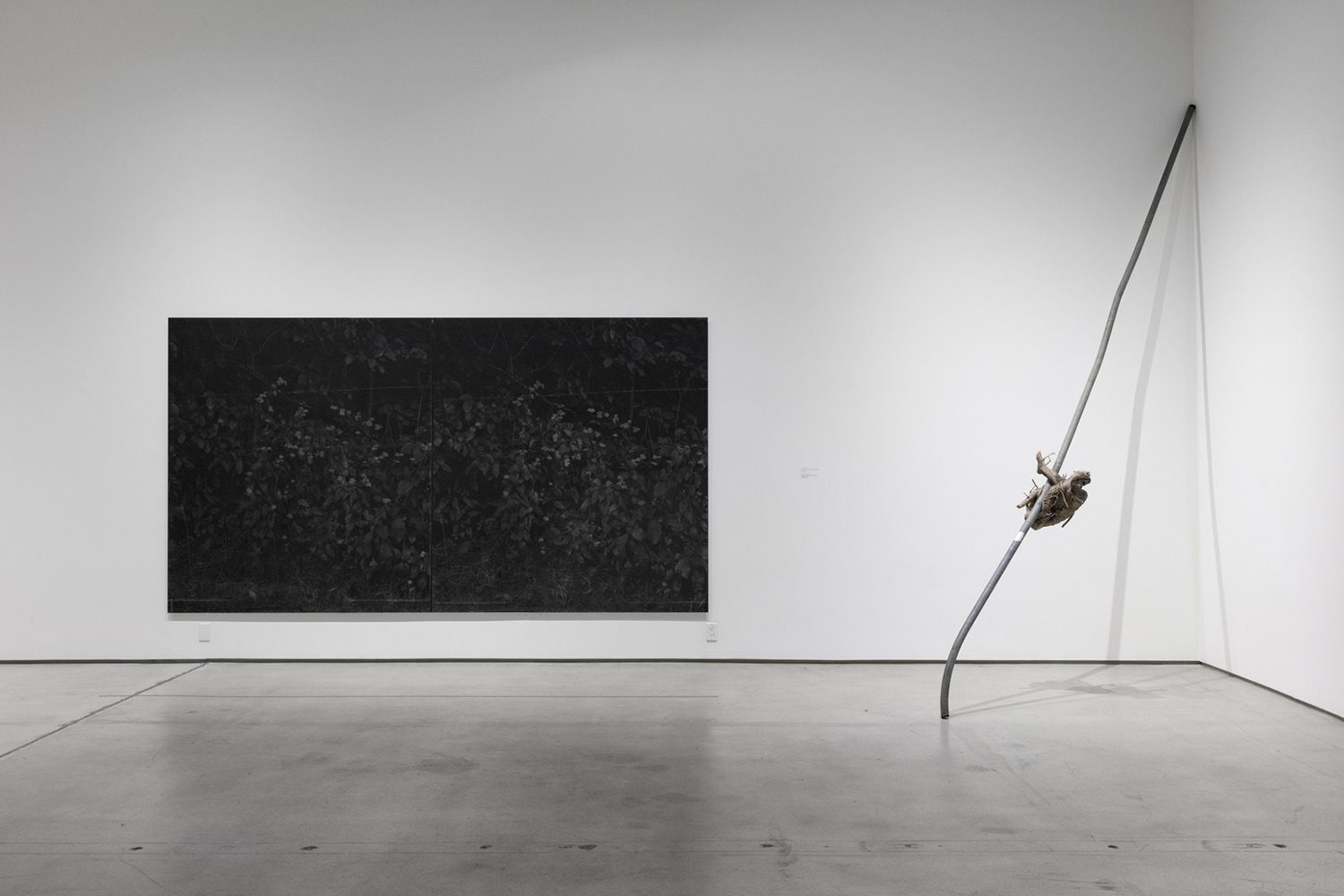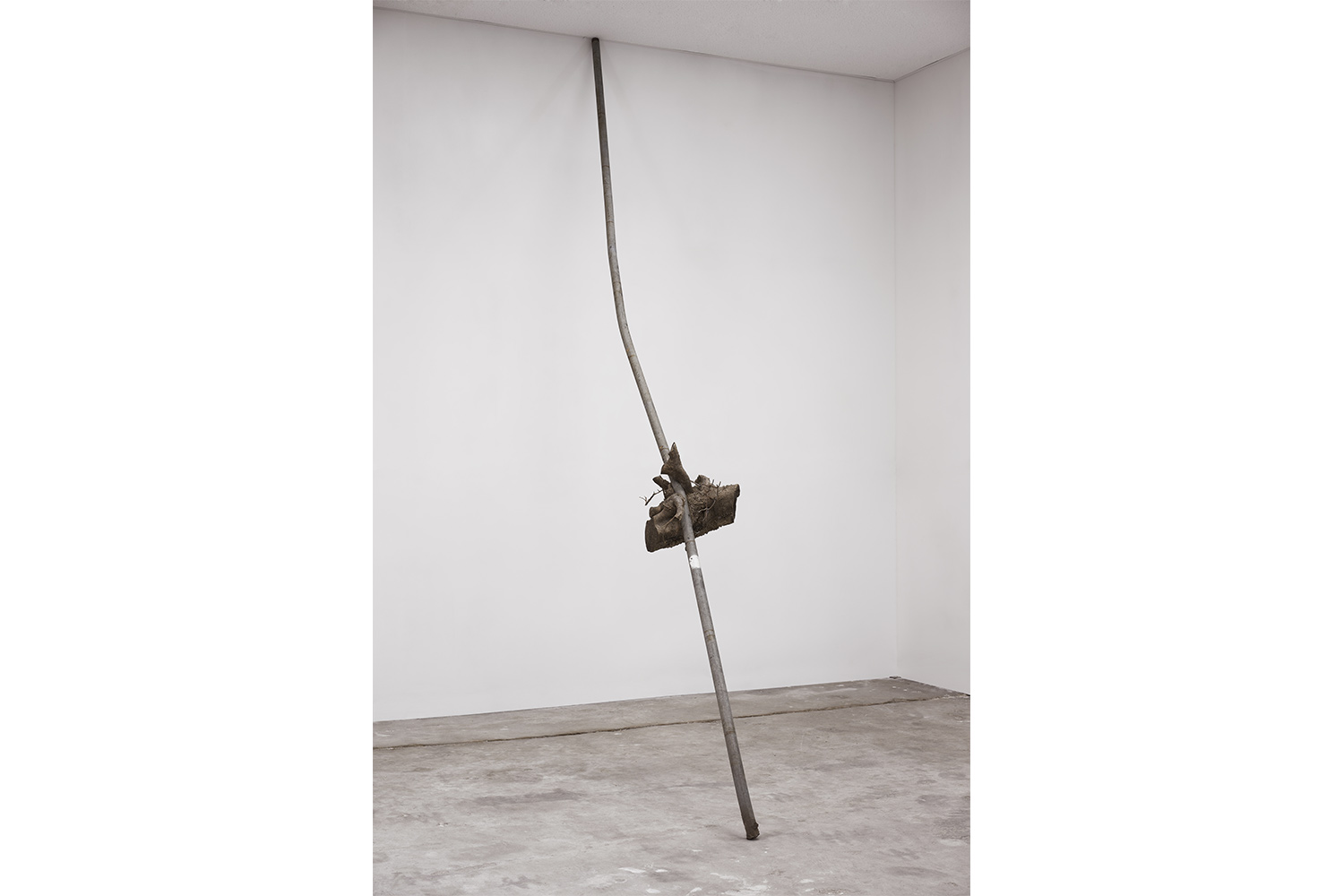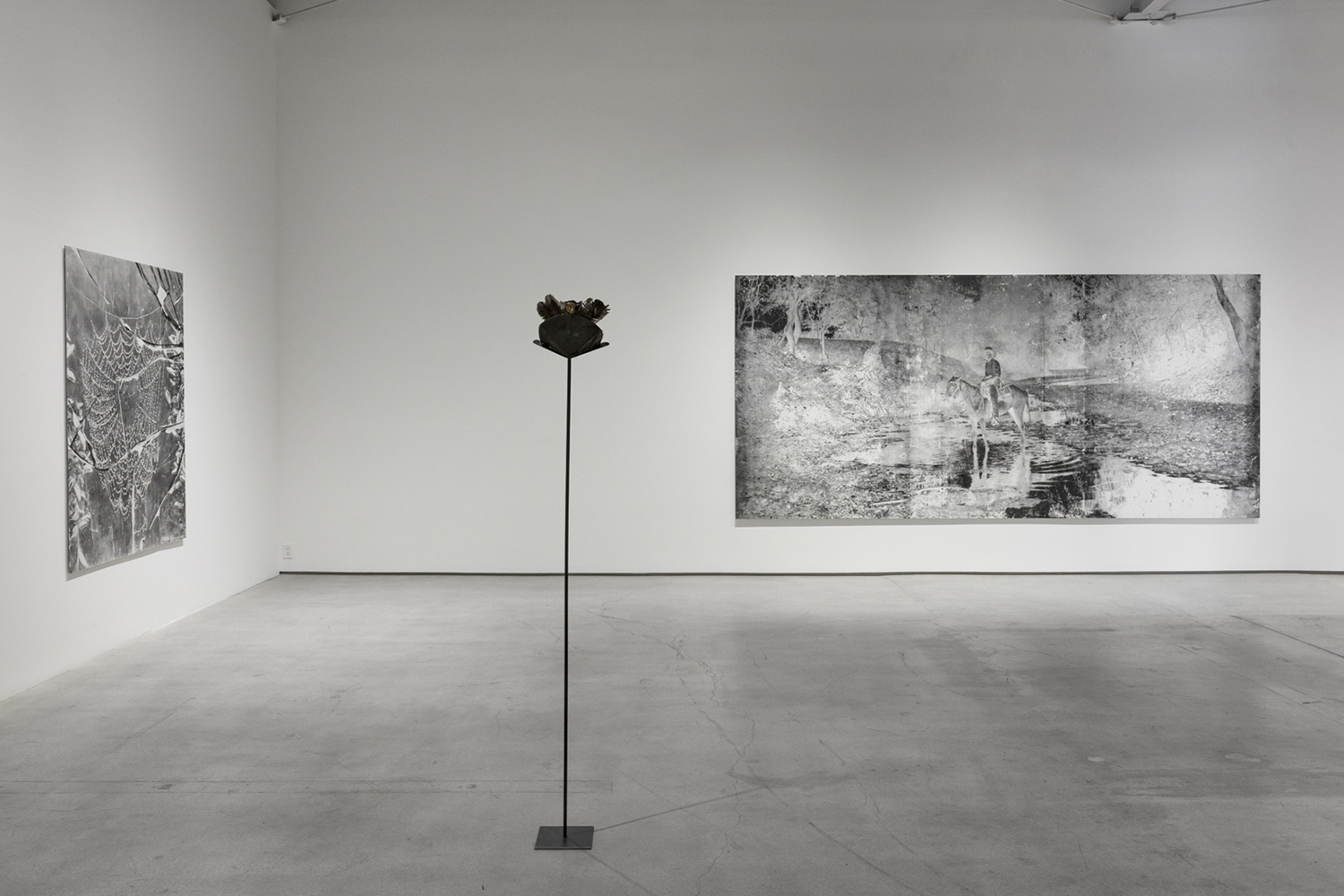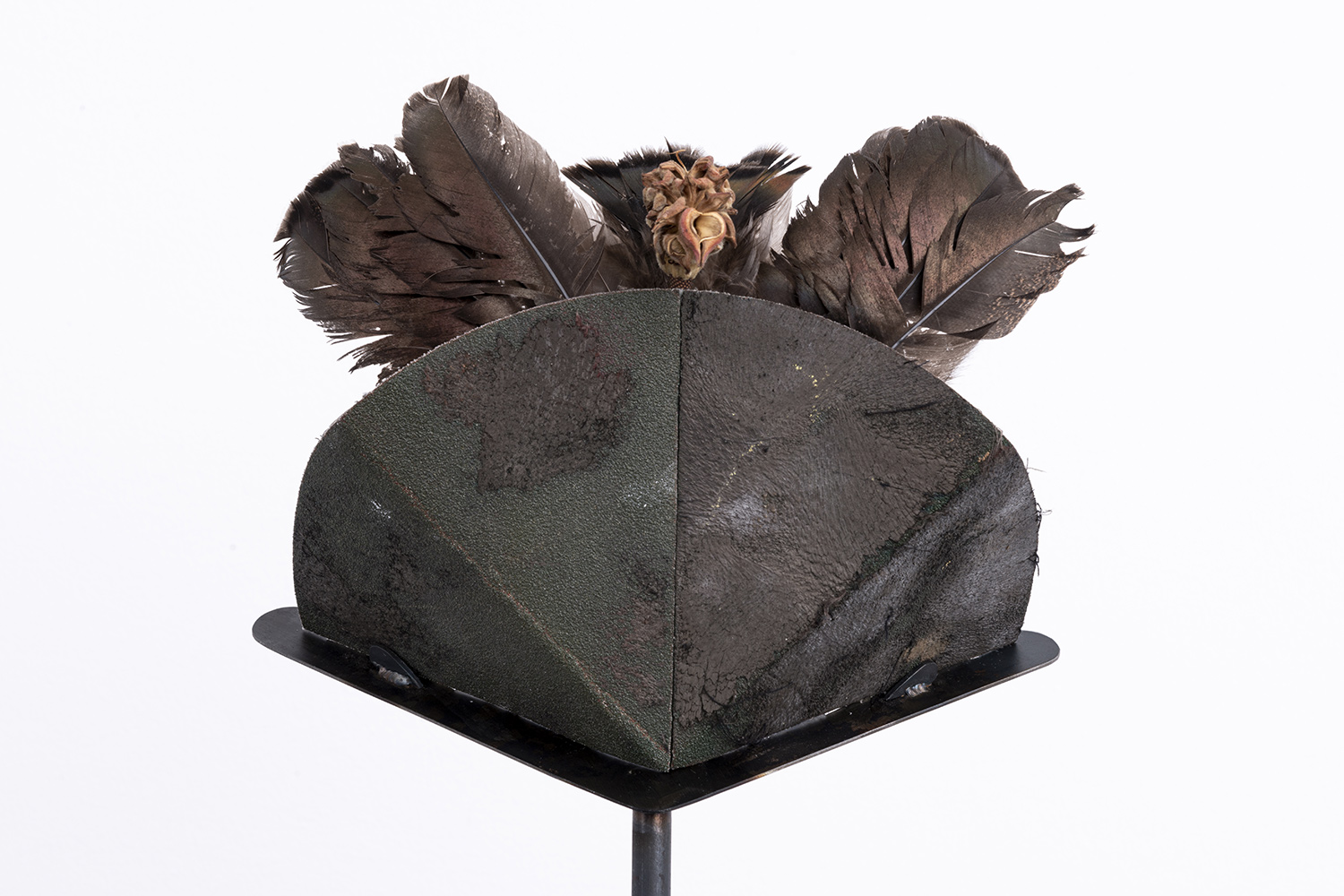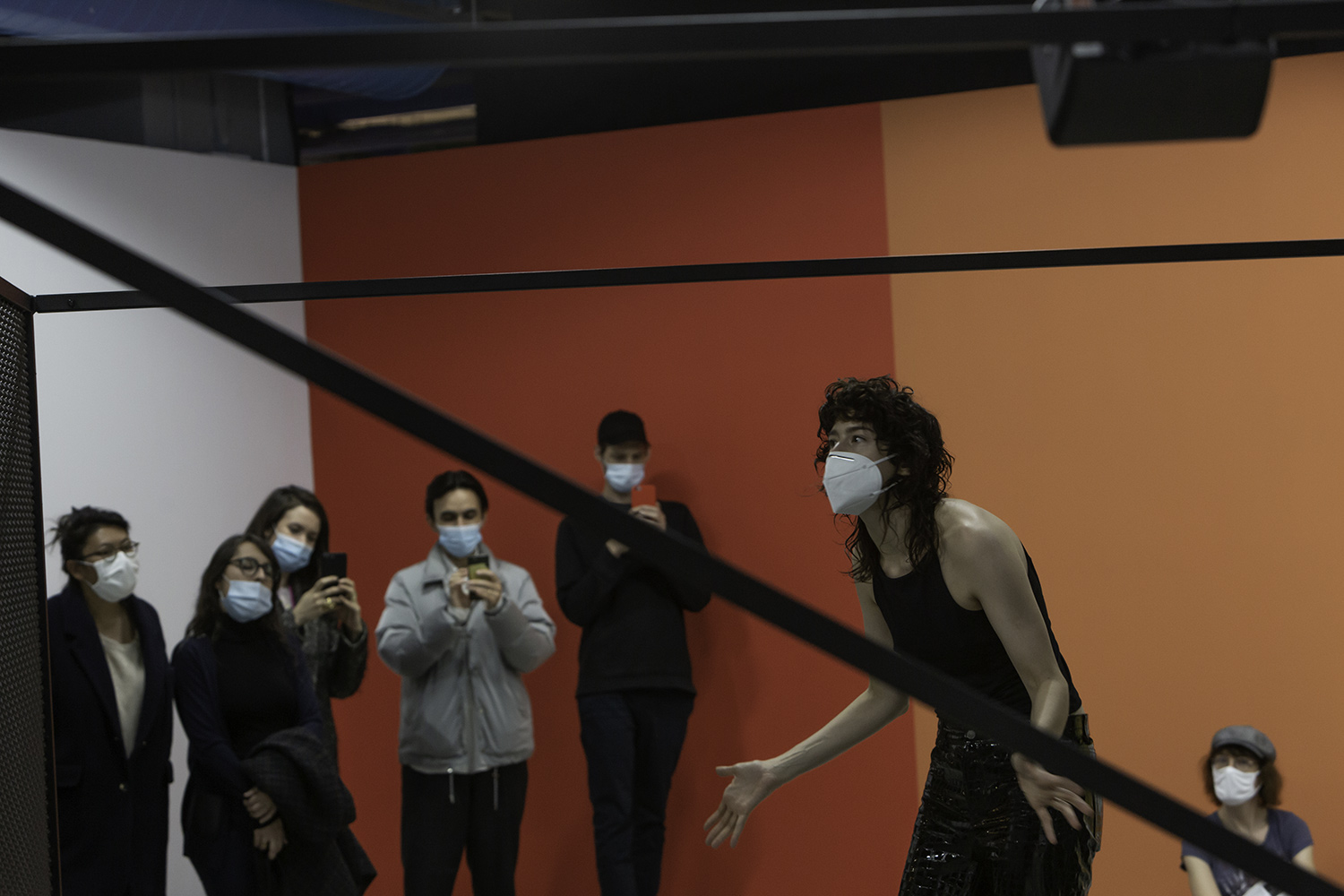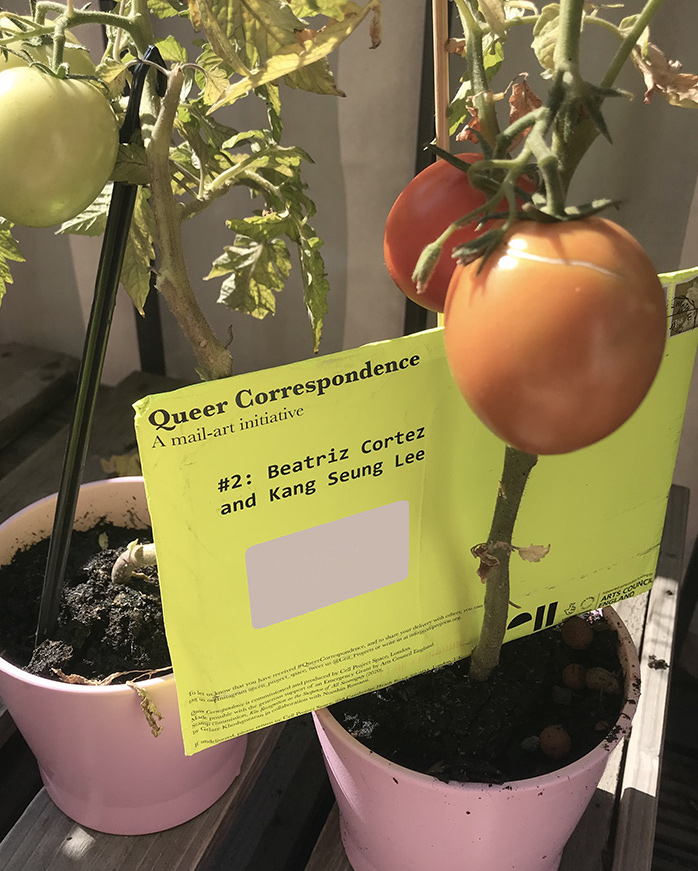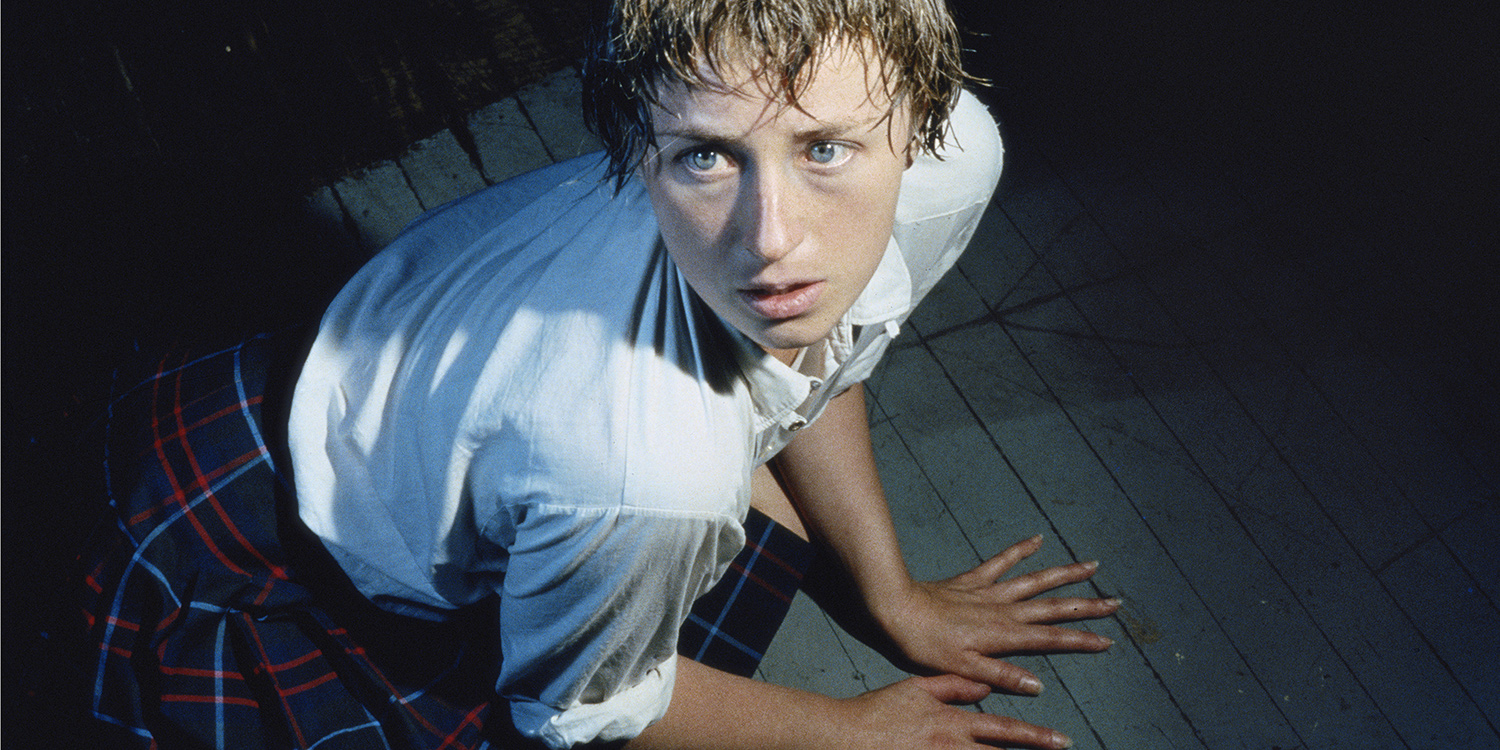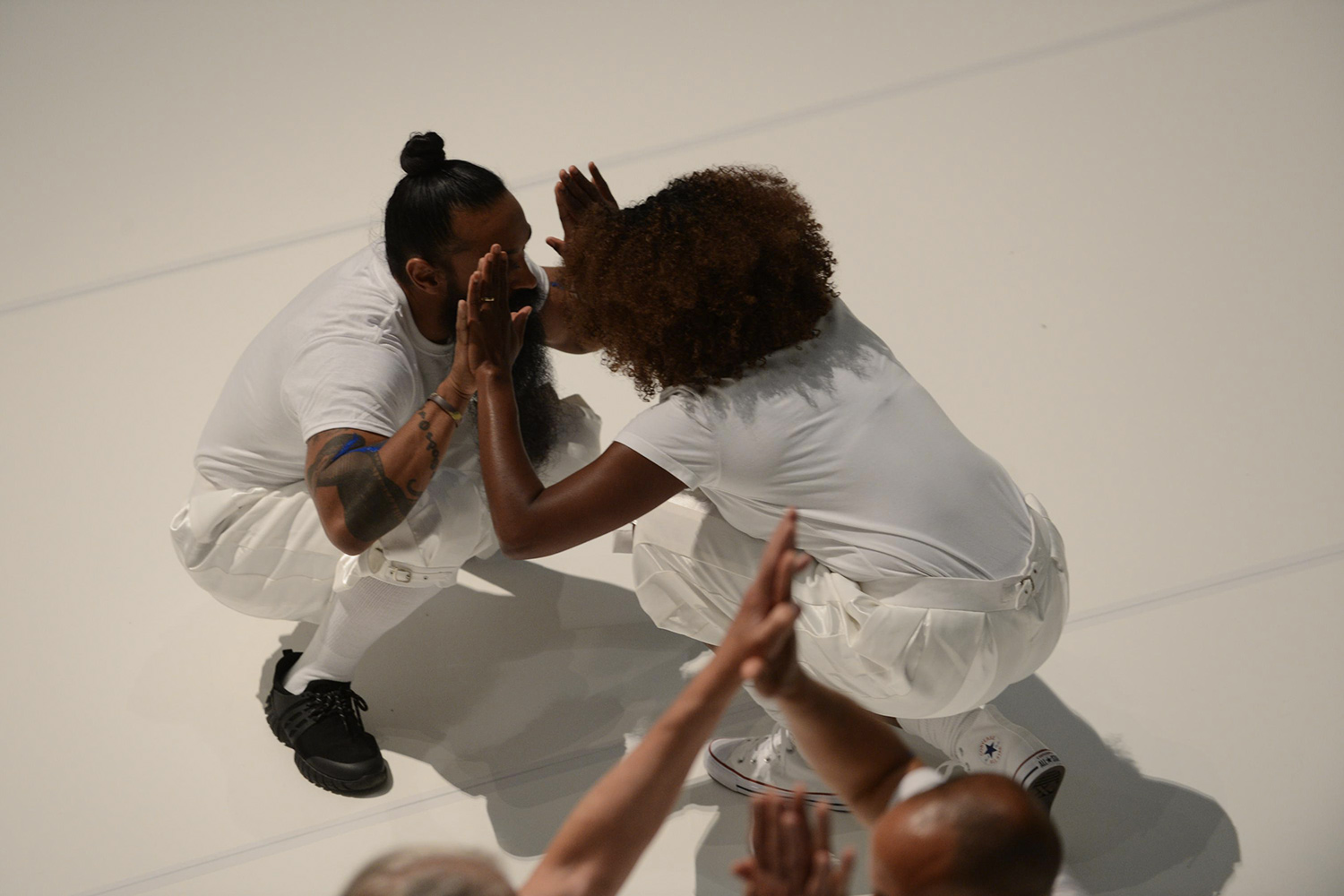What’s there and what’s not there? Harold Mendez’s presentation at the ICA, Los Angeles, is an exploration into the meaning that lies in the void — a culmination of work made over the last decade, and his first solo show in L.A. The exhibition unites his observations on the shared histories and cultural memories of oppressed and marginalized communities in Latin America and the US, incorporating the themes of identity, memory, and his first-generation Mexican-Colombian personal history that appear throughout his practice.
Playing with positives, negatives, and the neutral space in between, Mendez leaves room for the viewer to pay attention to what’s missing as much as the objects physically present. In the tradition of Conceptual and Minimalist art, this reprisal emphasizes the viewer’s relationship to the works; their presence in the space bears as much meaning as the work itself.
This contrasting process of creation and subsequent erasure metaphorically speaks to a larger conversation around the disappearance and existence of identity in larger sociopolitical contexts. An archaeological exploration into the elements that comprise an identity, Mendez’s exhibition conglomerates the medley of influences that have inspired him artistically and culturally.
An example of this contrast is seen in his large-scale works that transform found photography through a labor-intensive transfer process similar to lithography. In Sin nombre (2018), Mendez makes visible his heritage via the image of a traditional horseback rider. He metaphorically highlights the figure’s erasure in history by removing parts of the image himself, distorting it with gesso and lithography crayon (a waxy tool made of compressed grease).
Other photographic prints are named after the artist that the work references, borrowing from the methods of one of contemporary art’s most famed appropriators, Sherrie Levine. Colombian photographer Melitón Rodríguez, Czech photographer Josef Koudelka, and the lesser-known Mexican art collective Proceso Pentágono are all cited in the titles of these pieces.
Unlike Levine’s famous work After Walker Evans (1981), Mendez eschews her style of one-for-one replication with a more nuanced process in his pieces. The appropriated images from Rodríguez, Koudelka, and Proceso Pentágono become Mendez’s own through a process in which he alters the respective prints with deliberate markings that are inherently his.
Apropos of appropriation in art, does the value of highlighting an overlooked history outweigh the harm in claiming someone else’s experience as one’s own? It’s a question that Mendez allows viewers to answer for themselves.
Without getting too macabre, the term memento mori comes to mind throughout the exhibit, reminding the viewer of the stark contrast between the living and the dead. Moving through the space, what becomes apparent in Mendez’s show is that works that are comprised of once-living organic matter — such as cochineal (dye made from crushed beetles), wood, or bone — are caged in, impaled, decapitated or amputated in some way, serving as floating limbs in remembrance of their ghostly bodies.
The piece The years now (2020) is a testament to this, serving as a marker of the fragility of life. A wood branch that has been dismembered from its trunk “body” is coated in charcoal as an attempt to preserve its memory, juxtaposed against fresh carnation petals strewn across the piece’s base. These petals are meant to be replenished throughout the duration of the exhibition, requiring the participation and responsibility of a complicit museum worker in order to keep the piece “alive,” so to speak. The piece is not “activated” unless the work’s guardian is devoted to its livelihood. Yet even the flowers are trapped within a silver fiberglass grid that houses the piece, and we’re left with the feeling that even that which lives is seemingly not free.
Upon viewing but I sound better since you cut my throat (2017) it’s unclear what is more unsettling — the title of the piece itself or the way a steel rod violently bisects a piece of wood. Pieces of metal chain-link fence are infused within the stump, creating an effect that looks like a Frankenstein experiment of metal and wood in one species. The blunt force trauma so vividly on display almost makes one feel for the tree that has sustained such torturous activity.
Grappling with what Mendez calls a “crisis of identity,” he looks to historical artifacts for further exploration of his selfhood. Domingo (2016) and Margarita (2016) are masks that evoke pre-Columbian artifacts-cum-museum objects, yet they lack the facial distinctions typical of such historical relics. With the “faces” of these masks removed, their shapes merely serve as silhouetted reminders of the thing they are meant to represent.
This “incompleteness” is intentional — Mendez invites participation in creating a new reality by asking viewers to fill in the blanks he has left behind. Echoing this sentiment, the title of the exhibition, “Let us gather in a flourishing way,” is taken from the work of poet laureate Juan Felipe Herrera. Although it may not be true for the current moment, perhaps the line struck a chord with the artist, capturing a sense of optimism for our future. It’s something we could all use.

